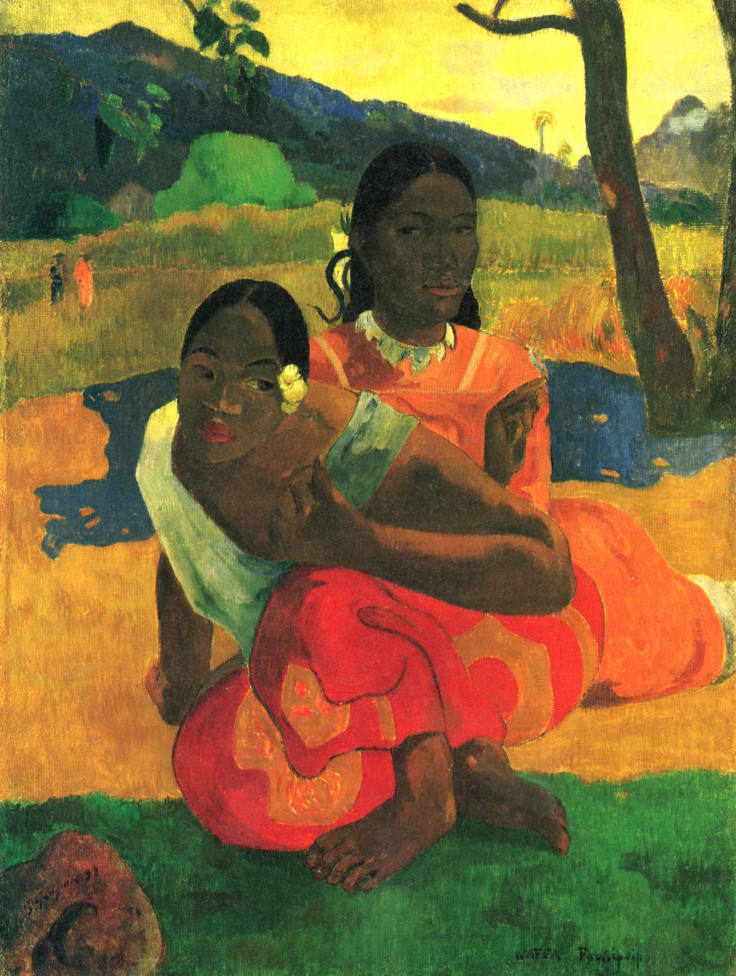Gauguin oil painting sells for £200m to become world's most expensive work of art
Painting of two Tahitian women smashes world record for an artwork, selling at $300m

A painting of two Tahitian women by French artist Paul Gauguin has smashed the world record for an artwork, selling at $300m (£200m).
The 1892 post-impressionist work called Nafea Faa Ipoipo, or When Will You Marry? was previously owned by Rudolf Staechlin, a retired Sotheby's executive in Basel, Switzerland.
Staechelin told the Times he sold the Gauguin "mainly because we got a good offer. The market is very high and who knows what it will be in 10 years. I always tried to keep as much together as I could, [but] over 90% of our assets are paintings hanging for free in the museum. It's not a healthy financial risk distribution… For me they are family history and art. But they are also security and investments."
Art dealers revealed to the New York Times that the buyer was Qatar Museums, which has spent more than $1bn on some of the biggest names in art such as Andy Warhol and Damien Hirst.
Qatar had already set the previous world record in 2001 when it purchased The Card Players by Cezanne for £170m.
The new record price for the Gauguin painting has stunned some art experts.
"It is an amazing picture but $300m seems a huge amount of money," Philip Hoffman, chief executive of the Fine Art Fund Group, told The Independent. "But in the Impressionist market a few 'megapictures' will always fetch over $100m.
"We're seeing a huge amount of build-up of private wealth, and we're seeing those people allocate funds disproportionately to art collections."
Gauguin painted Nafea Faa Ipoipo on his initial visit to Tahiti in 1892, looking for inspiration outside of European artistic conventions.
The painter's private life was marred by controversy and scandal. In Polynesia, he took three native brides – aged 13, 14 and 14 – and infected them and other local girls with syphilis.
Suffering from the venereal disease, he died on 8 May 1903 from an overdose of morphine, aged 54.
© Copyright IBTimes 2024. All rights reserved.






